Gentle reader,
The first time we made plans to meet up with the good folks who are volunteering to Save the Tiles from fireplaces still standing in Altadena’s Eaton fire burn zone, they directed us to an address near Eaton Canyon, close to where the fire had started.
It had been six weeks since the conflagration, and a very special house was on their salvage list.
We’d seen videos of the fires and their aftermath, but nothing could prepare us for actually seeing the devastation unfolding in real time. Driving north towards the mountains, we left a familiar commercial corridor and entered what can only be described as a zone of repulsion.
The hills, which had been so thick with grass and chaparral after several years of heavy rain, were scorched down to the dust. Everything was beige, and that same ugly shade continued up into the naked foothills. It is hard to describe the horror of this altered landscape except to say it seemed wrong.
There were no people anywhere, and no birds sang. Along the curving roads that hugged hills and waterways, invasive trees had ignited and split, but the native oaks were just covered in ash, with fresh green leaves already showing at their crowns.
To reach our destination, we had no choice but to pass under the Eaton Canyon Edison power line towers. Normally, these sentinels make us think of the plant nurseries that lease the narrow parcels along the transmission lines down in the flats. But after seeing video showing the Eaton fire exploding from an energized tower battered by Santa Ana winds, they seemed like enemy soldiers.
The ride was disorienting, and while we knew friendly faces waited at the top of the road, the natural impulse was to turn around and get the hell out. We did not.
Finally, we came to a vast ruin that had been Valerie and Charles Elachi's Pueblo House at 2167 Crescent Drive, commissioned by the western author Zane Grey as a home and office for his literary secretary and lady friend Mildred Smith and designed by the celebrated team of Elmer Gray and Myron Hunt in 1923.
Above is how it looked when new, and while the landscaping had changed in a century, little else had. We had known of two historic residences associated with the author—his own home a couple miles to the west in Altadena and his sports fishing retreat on Catalina, which was converted into an inn in the 1950s—but we only learned of this magnificent and largely unaltered Pueblo Revival style house after it was lost. And what a loss it is!
Many of the Pueblo House tiles had already been salvaged, some plucked from the ashes where a massive staircase had collapsed upon itself, others painstakingly chipped off of the fireplace. They had been crafted in Ernest Batchelder’s studio in the briefly fashionable Mayan style, and the superheated fire had made them look once again as if they just emerged from the kiln.
These tiles, and Pueblo House itself, speak to a curious time in the Southwest, when clients and architects with an interest in cultural history drew on indigenous imagery of the Americas for modern homes and furnishings.
Batchelder’s contribution to the Pre-Colonial Revival fad was a quirky set of catalog tiles based on Mayan glyphs, while Robert Stacy-Judd beguiled the nearby foothill community of Monrovia with his Mayan style Aztec Hotel, Frank Lloyd Wright used pre-cast concrete blocks to evoke colossal Pre-Columbian ruins, and Morgan Walls and Clements whipped up a daffy Mayan Theatre in Downtown Los Angeles.
Even more rare in Southern California than Mayan inspired buildings is work in the austere Pueblo Revival style, with tinted stucco walls suggesting warm adobe shaped by many hands, projecting vigas (beams), wooden lintels and dramatic shadows that tell the time of day. Stacy-Judd built the Worrell Zuni House in Santa Monica (sadly remuddled when the landmark became an illegal hostel) and the Atwater Bungalows snug against Elysian Park.
And beside Eaton Canyon, Zane Grey commissioned Elmer Gray and Myron Hunt to break away from their typical Western European Revival work to build Mildred Smith a grand Pueblo house like those they had admired on their research trips through Arizona and New Mexico, a place to work and entertain and be inspired to dream up new, best-selling tales of the romantic American west. That was 1923.
A year later in Avalon, Grey’s wife Dolly and architect and engineer Edwin G. Bowen, he fresh from building Pueblo House, began construction on a very similar compound. Island lore holds that the mortar in the walls was strengthened with goat’s milk, which made subsequent renovations very difficult.
The successful National Register application fails to mention Elmer Gray, Myron Hunt or Mildred Smith, but the design influence of the earlier home is obvious. Unfortunately, subsequent renovations for residential and hotel use removed many of its character defining features, including the wooden vigas on the facade, that were still well preserved in Altadena until the fires.
While Edwin G. Bowen’s is a name largely forgotten today, he transformed the City when he wasn’t building pretty houses on the Grey’s subdivided Altadena land, managing their motion picture company (including directing the amateur actor Zane Grey in a strange film about hunting a great white shark off Australia; you can see it here) and erecting investment properties like the lovely Tonto Apartments in Lincoln Heights. Next time you’re on Spring Street alongside City Hall, you can thank Bowen for flattening the landscape!
We feel honored to have visited Pueblo House, even in ruins. It was so gracious of homeowner and steward Valerie Elachi to give us a tour of the remains of the house she loved so much, and to make this video bringing its history alive for all who will never have a chance to see it. We’re so sorry for her loss.
We hope you, too, fall in love with the memory of a place that was built to last forever, and join us in honoring the bold and creative Altadenans who called it home for just over one hundred years.
If you’d like to know more about the woman for whom it was built, see the 1992 ZG Quarterly article “A Special Friendship Zane Grey and Mildred Smith” by Jim Vickers and Ed Myers, embedded above. And for the tale of how Zane Grey’s collection of Native American artifacts that Smith inherited came to be auctioned in the 1970s, see this listing.
What’s next for Pueblo House? It would be almost impossible to build anything like it today, but perhaps a new home will take root on the site. And if that happens, thanks to the volunteer efforts of Save the Tiles, there will be many beautiful salvaged Mayan pieces to be integrated into a new hearth, where new memories can be made.
Meanwhile, down on Mariposa, the owners of Zane Grey’s Estate are trying to imagine how to honor what was lost in an authentic way, while battening down the hatches to protect against the risks a changing climate poses to historic homes and landscapes and those who steward them.
Altadena has long been a place where creative people found a haven from urban Los Angeles, close enough to participate in the life of the city while enjoying the peace of country living and each other. This largely displaced community is struggling now to preserve what they love about Altadena, and looking deeply into the past to help shape the future.
We’re eager to see where they can lead us all, and look forward to sharing some exciting projects we’ve been helping with. So stay tuned.
Saturday’s tour is a deep dive into a time capsule Victorian neighborhood that had a little help from preservation visionaries and a much nicer City Hall. Join us to get to know some wonderfully weird Angelino Heights characters and the lovely homes where they got up to much mischief, and to hear a rare Esotouric ghost story, about a time slip that happened on a past tour visit.
Then on Tuesday at noon, we’d love you to join us for the strangest tour we’ve ever hosted, a free walk and much belated funeral service honoring mummified old west outlaw Elmer McCurdy. Just added to the program: attendees are encouraged to bring a personal treasure that symbolizes their Los Angeles. Rev. Dylan Littlefield will bless the artifacts and send them home with all attendees to weave a web of love, faith and hope across the City.
Yours for Los Angeles,
Kim & Richard
Esotouric
Are you on social media? We’re on Instagram, Twitter, Facebook, YouTube, Mastodon, Threads, Bluesky, Substack Notes, TikTok and Reddit sharing preservation news as it happens. New: we’re on Nextdoor now, too.
Our work—leading tours and historic preservation and cultural landmark advocacy—is about building a bridge between Los Angeles' past and its future, and not allowing the corrupt, greedy, inept and misguided players who hold present power to destroy the city's soul and body. If you’d like to support our efforts to be the voice of places worth preserving, we have a tip jar, vintage Los Angeles webinars available to stream, in-person tours and a souvenir shop you can browse in. We’ve also got recommended reading bookshelves on Amazon and the Bookshop indie bookstore site. And did you know we offer private versions of our walking tours for groups big or small? Or just share this link with other people who care.
UPCOMING WALKING TOURS
• Angelino Heights & Carroll Avenue (Sat. 4/12) • Elmer McCurdy’s Main Street Revival (4/15) • Leo Politi Loves Los Angeles (Sat. 4/19) • Downtown Los Angeles is for Book Lovers (Sat. 4/26) • Human Sacrifice: The Black Dahlia, Elisa Lam, Heidi Planck & Skid Row Slasher Cases (5/3) • Charles Bukowski’s Westlake (5/10) • Highland Park Arroyo Time Travel Trip (5/17) • The Run: Gay Downtown History (5/24) • Evergreen Cemetery, 1877 (5/31) • Angelino Heights & Carroll Avenue (6/7) • Raymond Chandler’s Noir Downtown Los Angeles (6/14) • Miracle Mile Marvels & Madness (6/22) • Westlake Park Time Travel Trip (6/28) • Film Noir / Real Noir (7/12) • The Real Black Dahlia (7/19) • Broadway (7/26)
CLOSELY WATCHED TRAINS
We got to Papa Cristo's just as L.A. Times reporter Stephanie Breijo called to ask about the avalanche of restaurant closures, and tools Angelenos can use to protect these community treasures. We told her “It feels like Los Angeles is disappearing. We’ve got to save it.” We also crossed paths with The Grocery Goblin, whose video report can be seen here. Such a shame Chrys Chrys' adorable grandson won't take over one day.
Bravo to Pasadena Playhouse: The State Theater of California, which fell into bankruptcy decades ago and would have been demolished had the community not fought to keep it, now owns the building. A golden thread of the lively arts unfurls into the future.
Red alert for the Scott Avenue bungalow court in Echo Park: owner of the landmarked RSO complex seeks to rezone each rental cottage as a house on a small lot. If the city allows this, tenants will lose all protection. Sign the petition—spread the word!
Spectacular Moorish Revival 1926 Los Altos Court, featured on our Los Angeles Bungalow Court Housing map, just listed for $1.5 Million. We'd like to see the RSO building in a land trust to be preserved as affordable housing for Angelenos and not rezoned as single family homes with renters kicked out.
The US Attorney's office has announced a criminal task force to investigate fraud and corruption involving homelessness funds. If they can break this racket, it won't be so profitable to force Angelenos into homelessness. Everything changes.
On last Saturday’s John Fante walking tour, we had a peep inside the legendary Skid Row working man's King Eddy Saloon, its bottles untouched since the last operator gave up a few years back. Someone needs to reactivate this magical place—with a 6am opening time, fair prices and no attitude. Get the skinny, and some poetry, here.
We’ve got questions about the empty Santa Ynez Reservoir above Pacific Palisades. The LADWP 2024-25 Water Infrastructure Plan is posted on the LADWP website here. On page 6, under 2024-25 Goals, is a bullet pointed item: "Repair Santa Ynez Reservoir cover." But was the need to repair the cover on the drained reservoir ever made known to city officials or Angelenos before the January 7-9 Palisades fire? The metadata for the PDF shows that it was created on 1/9/25 at 20:30:38. The first time the Internet Archive's Wayback Machine saw the file was 1/10/25 at 23:11:51. By all evidence, this plan was only published after the town burned down. More on the damaged reservoir cover, and questions about the cost and delays in repairing it here.
Meeting with preservation pals at our favorite place, we happened upon a shindig celebrating the Huntington's new brand identity.
Retired gadfly Zuma Dogg, possible inspiration for Chris Pine’s film Poolman, is back demanding City Council President Marqueece Harris-Dawson pull his motion seeking to censor public comment at City Hall, or Zuma will go back to Judge Dean Pregerson and shut it down. Active gadfly Wayne Spindler, too, is ready to litigate. When he tosses the goat puppet, you know he really means it.
Curren Price, who is heading to court on public corruption charges, seeks $475,000 more to house East 27th Street fireworks blast victims in Onni Group's Level Furnished Living complex into 2026. Maybe the city should have bought an apartment building to house them instead.
Lately, we've noticed Waymo autonomous vehicles stopping in the only southbound traffic lane on the Broadway side of Grand Central Market. If you scold 'em, they'll eventually git.
Stalled ED 1 project alert: 2600 S. Robertson at Beverlywood, where small businesses have served the community since the 1940s (Kim learned to swim there), listed for $8M with entitlements for 150 affordable units. That's $2M more than when it sold in 2019.
Lance Roberts has put the old Topanga Schoolhouse, aka Froggy’s, up for sale. Who will be the next steward of this community landmark?





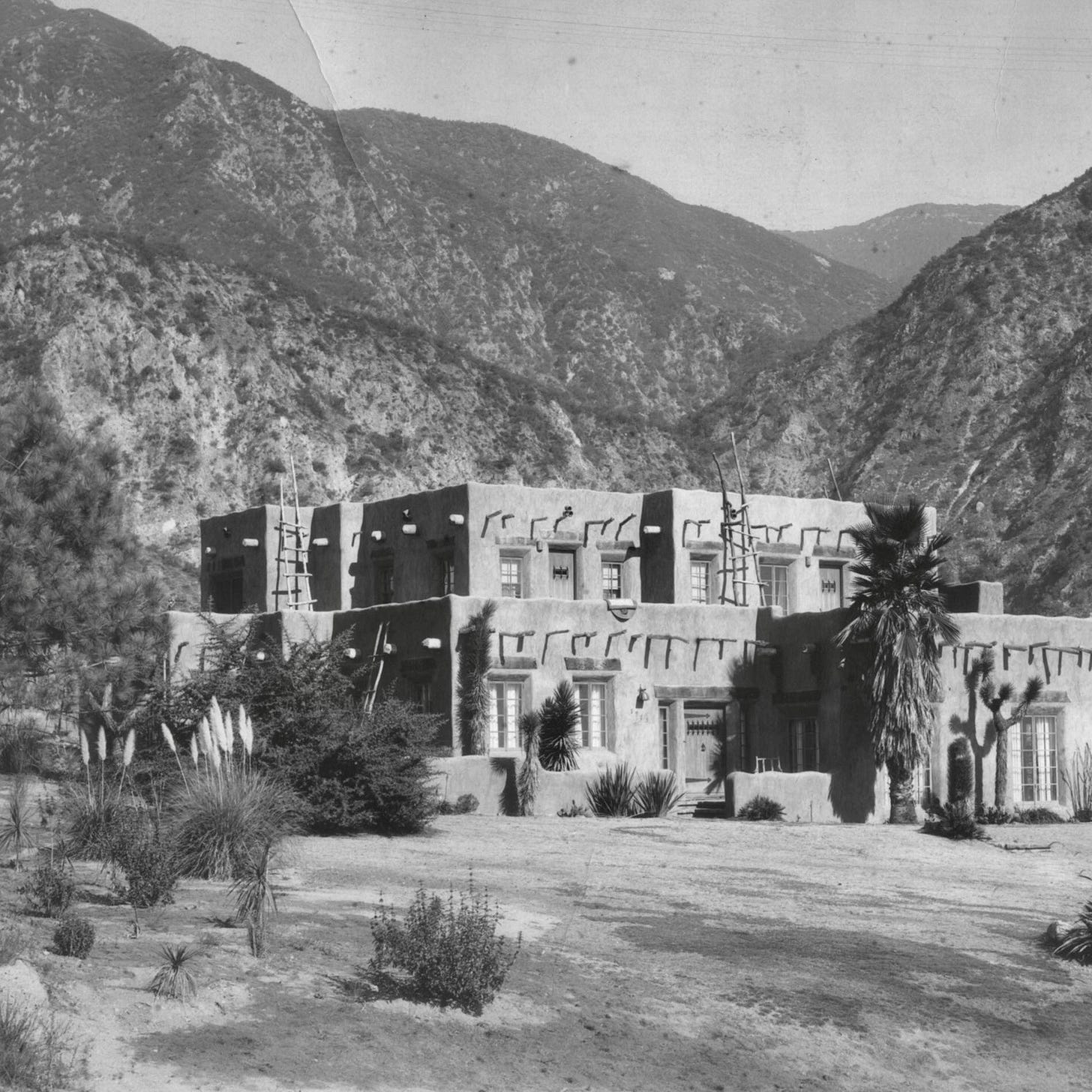
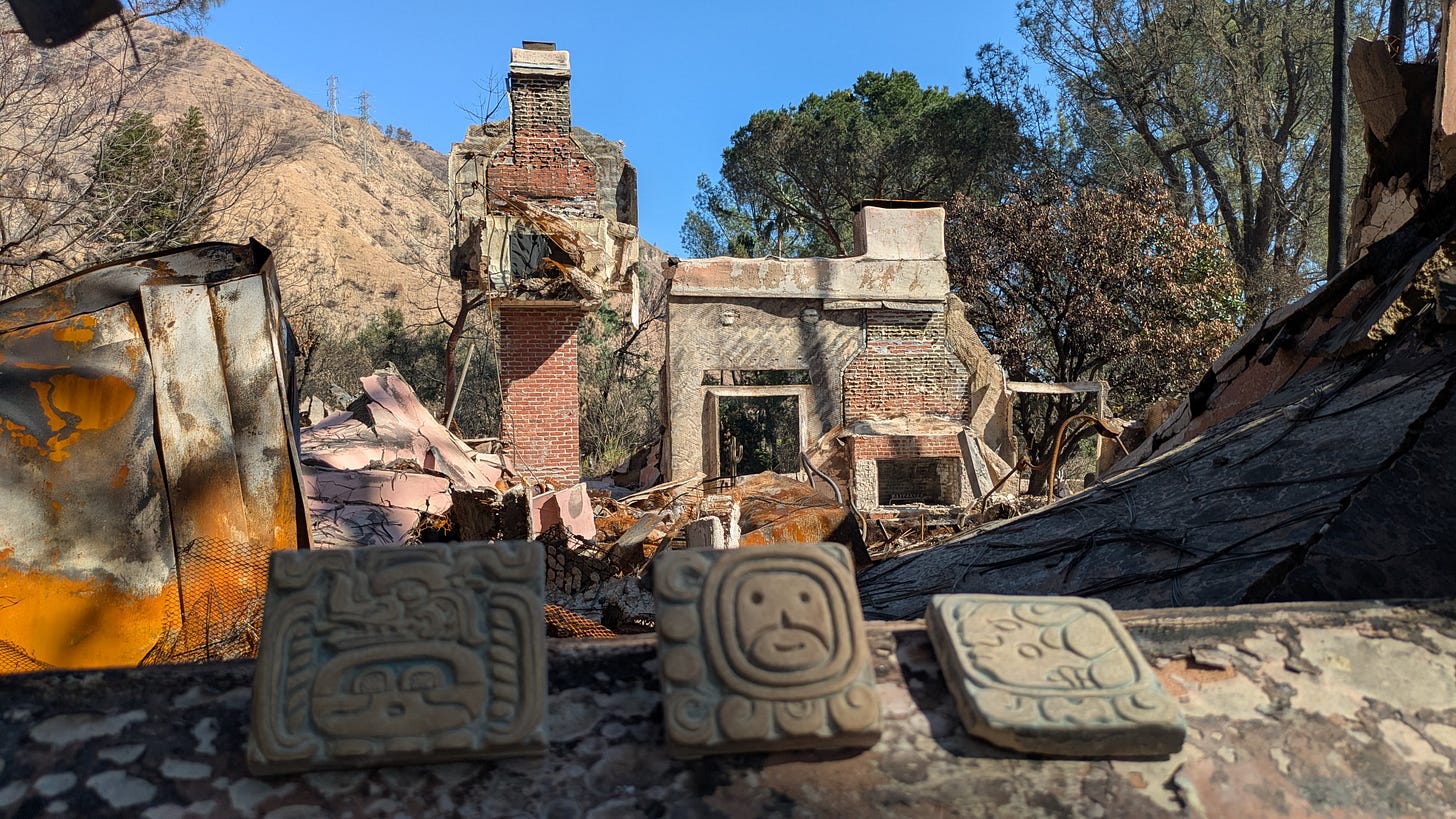
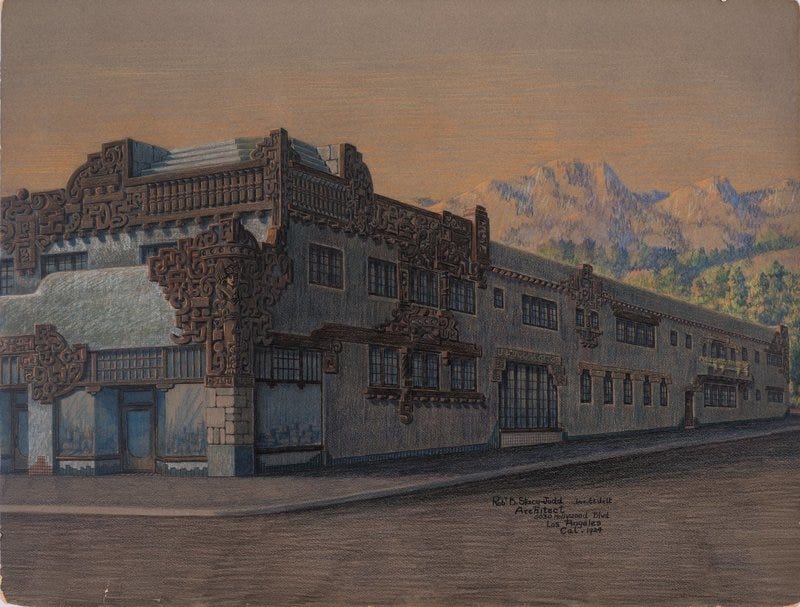
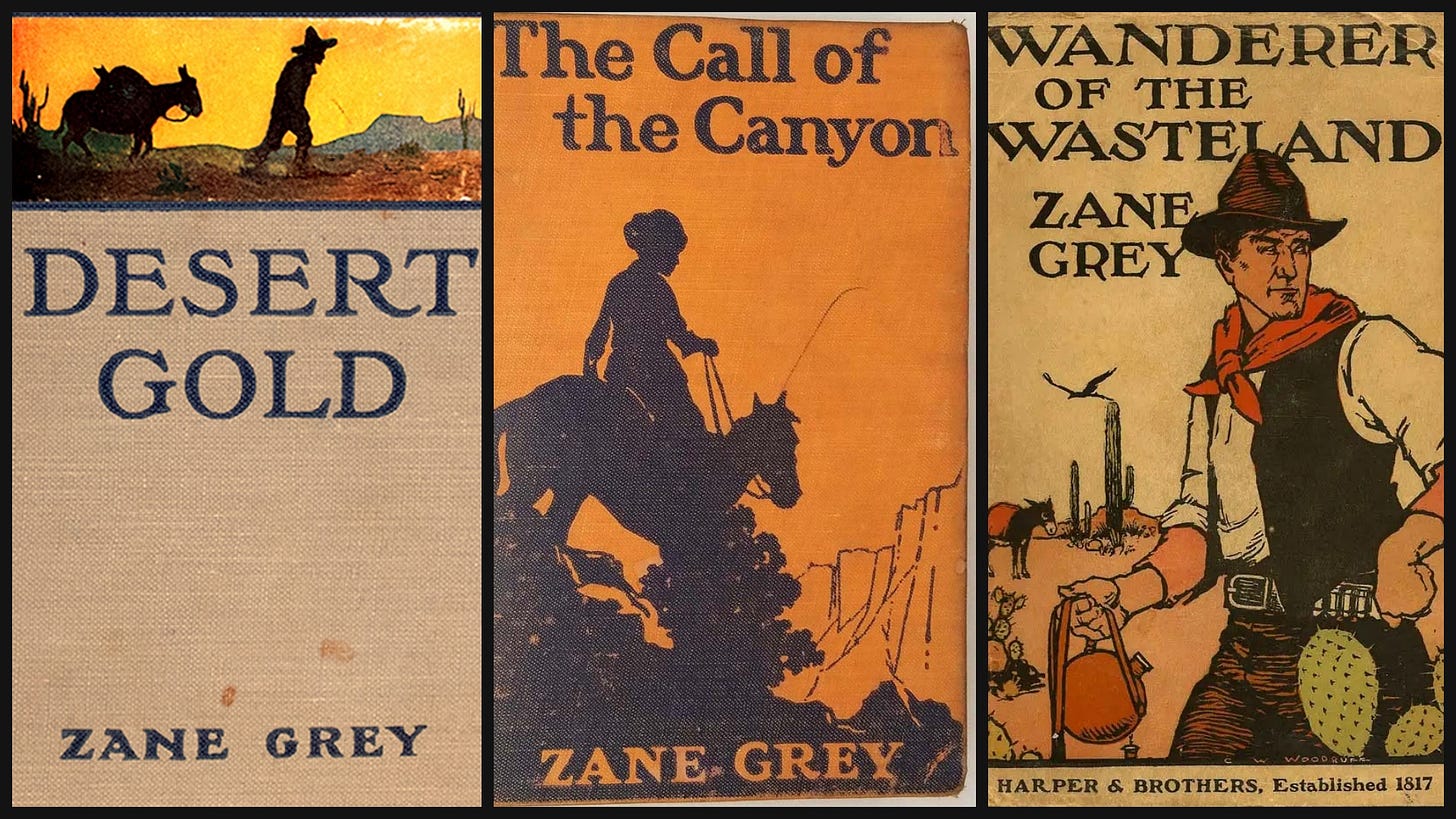
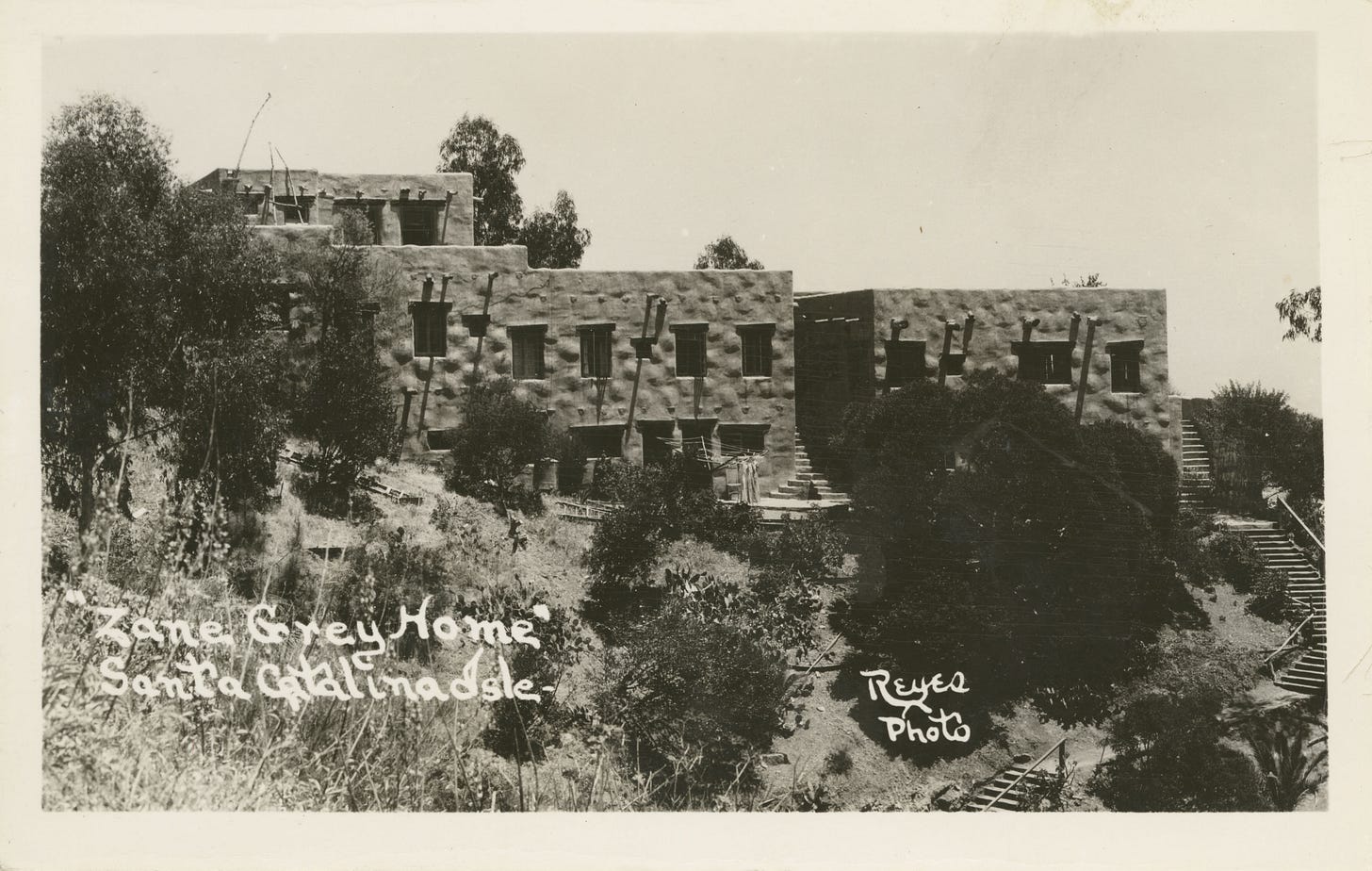
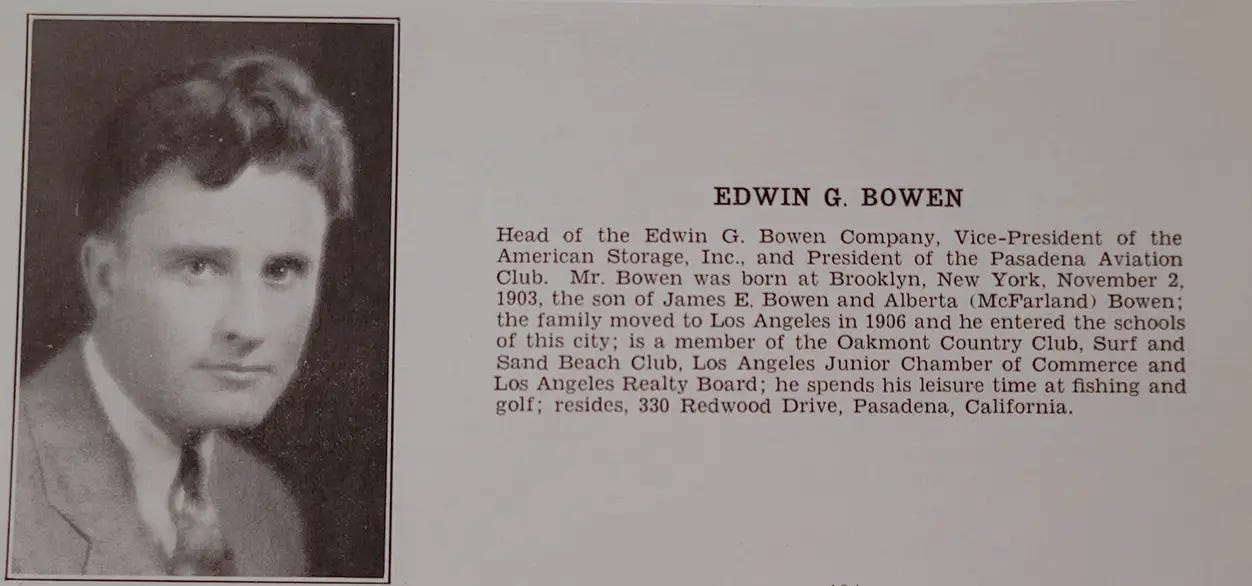
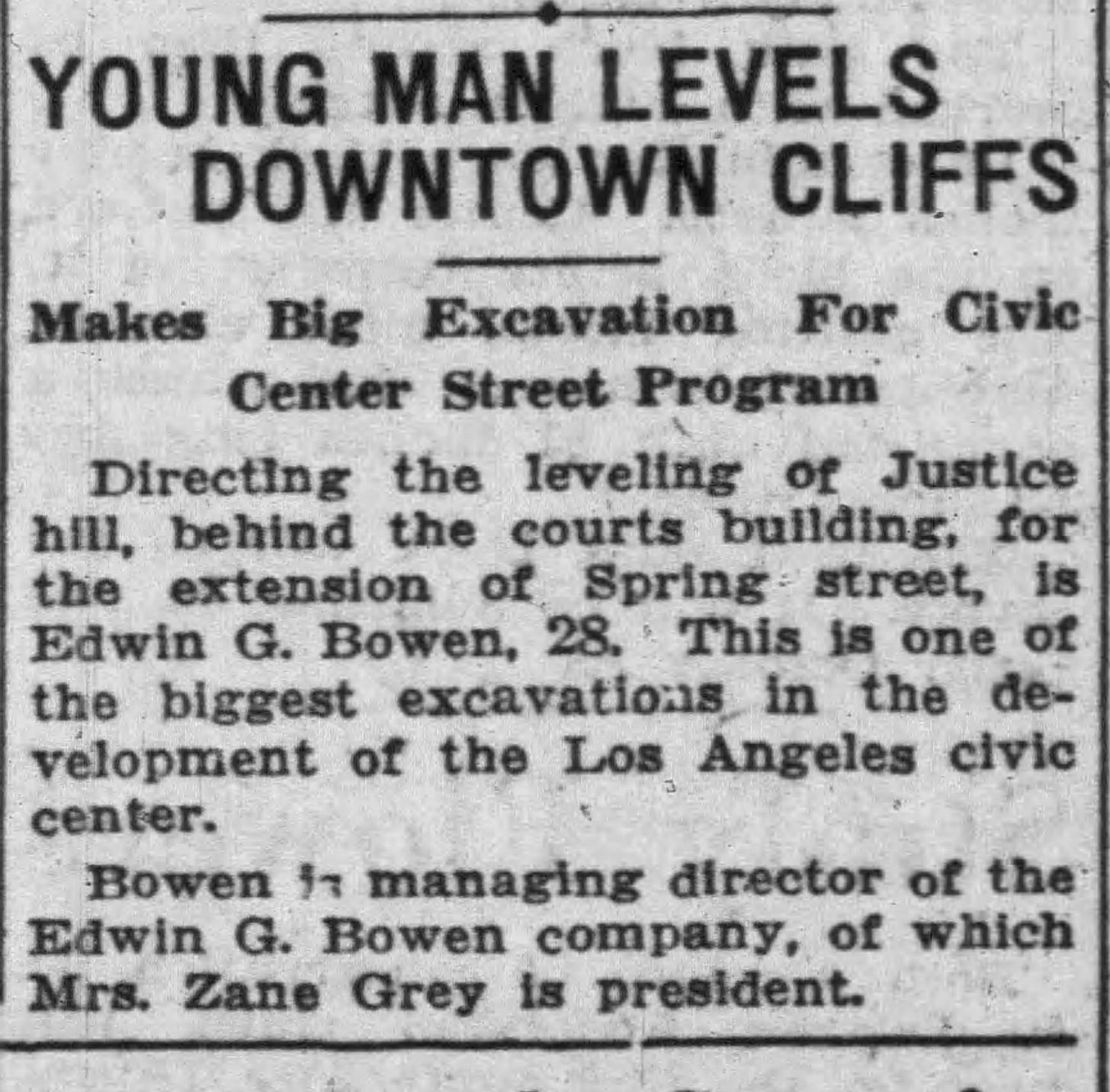
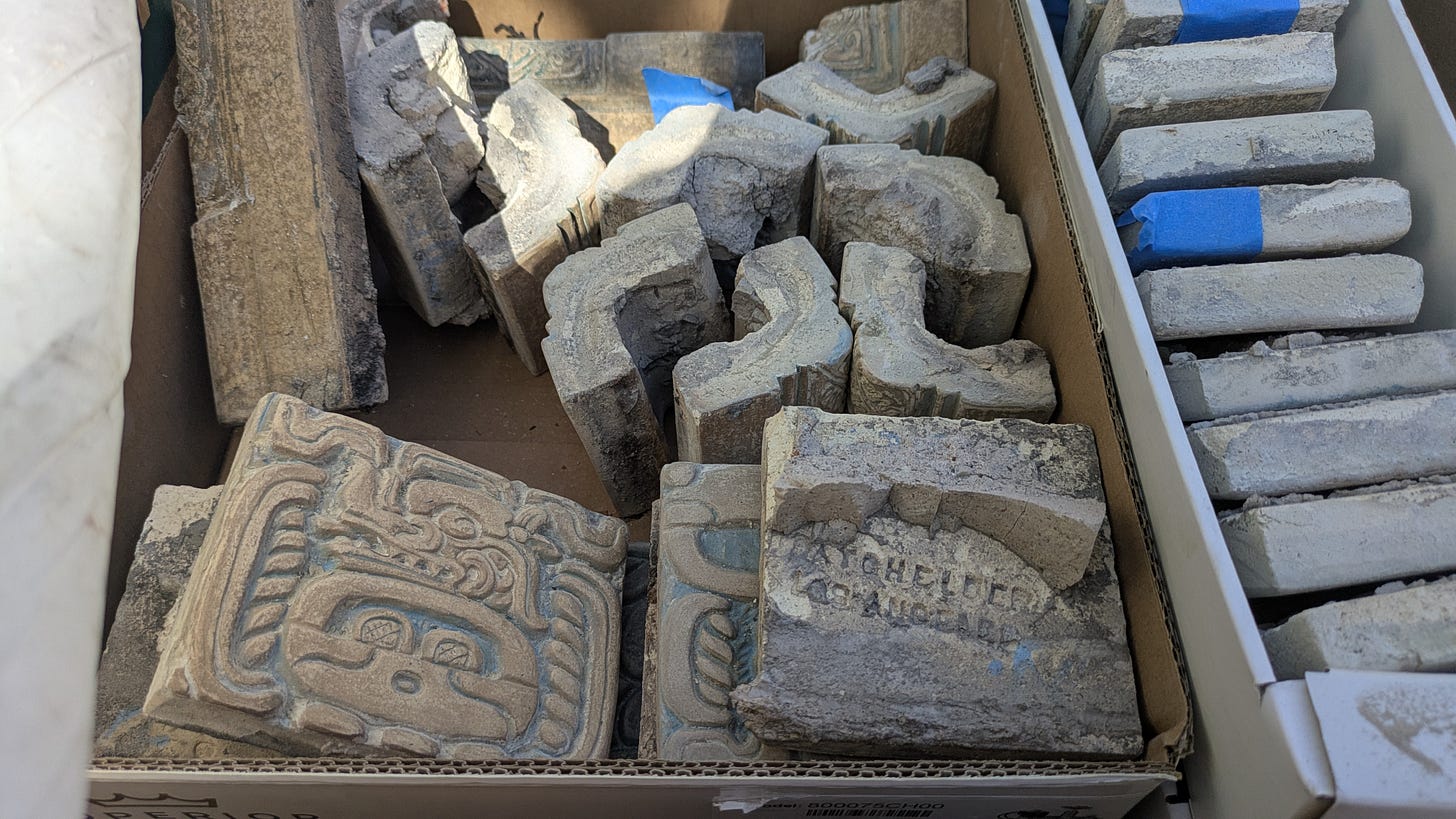
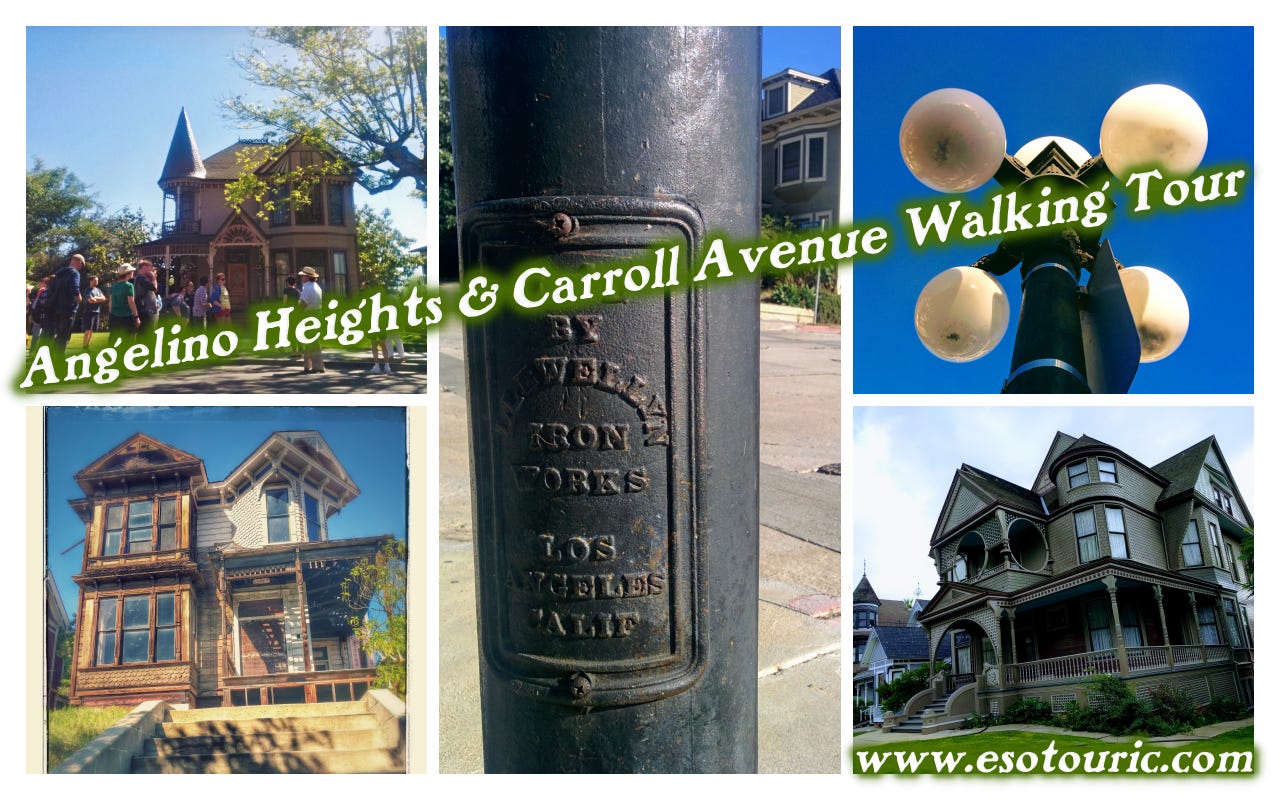
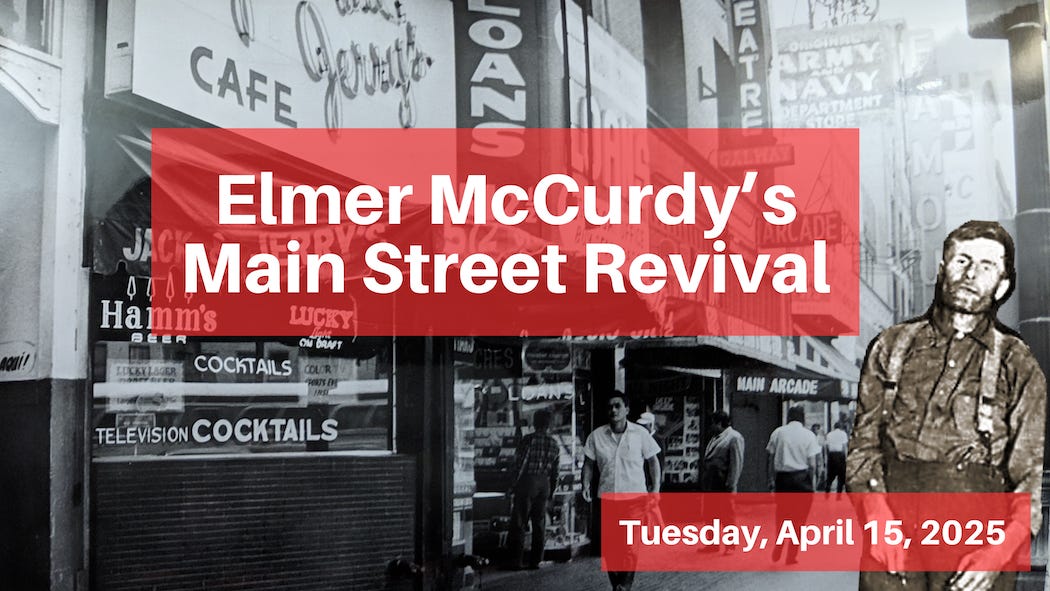

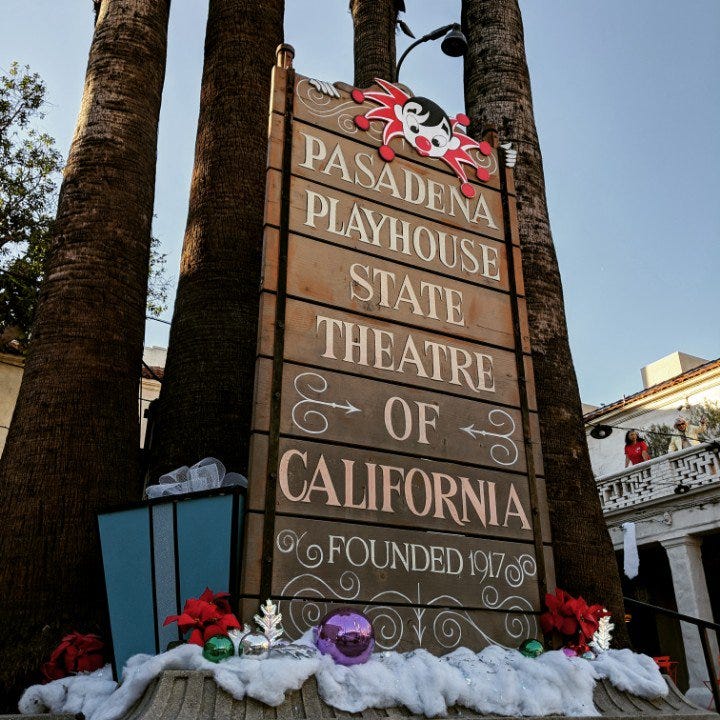
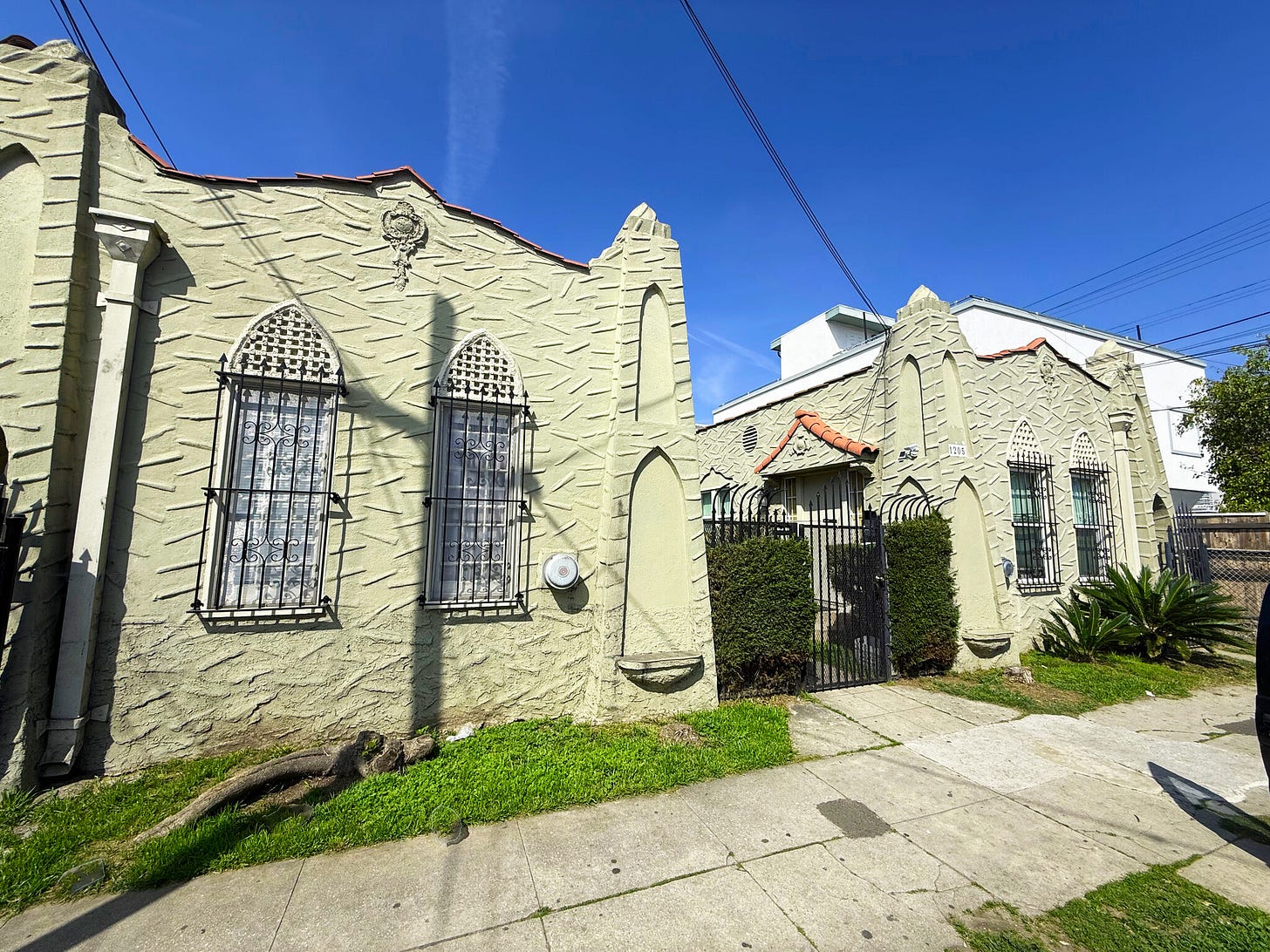
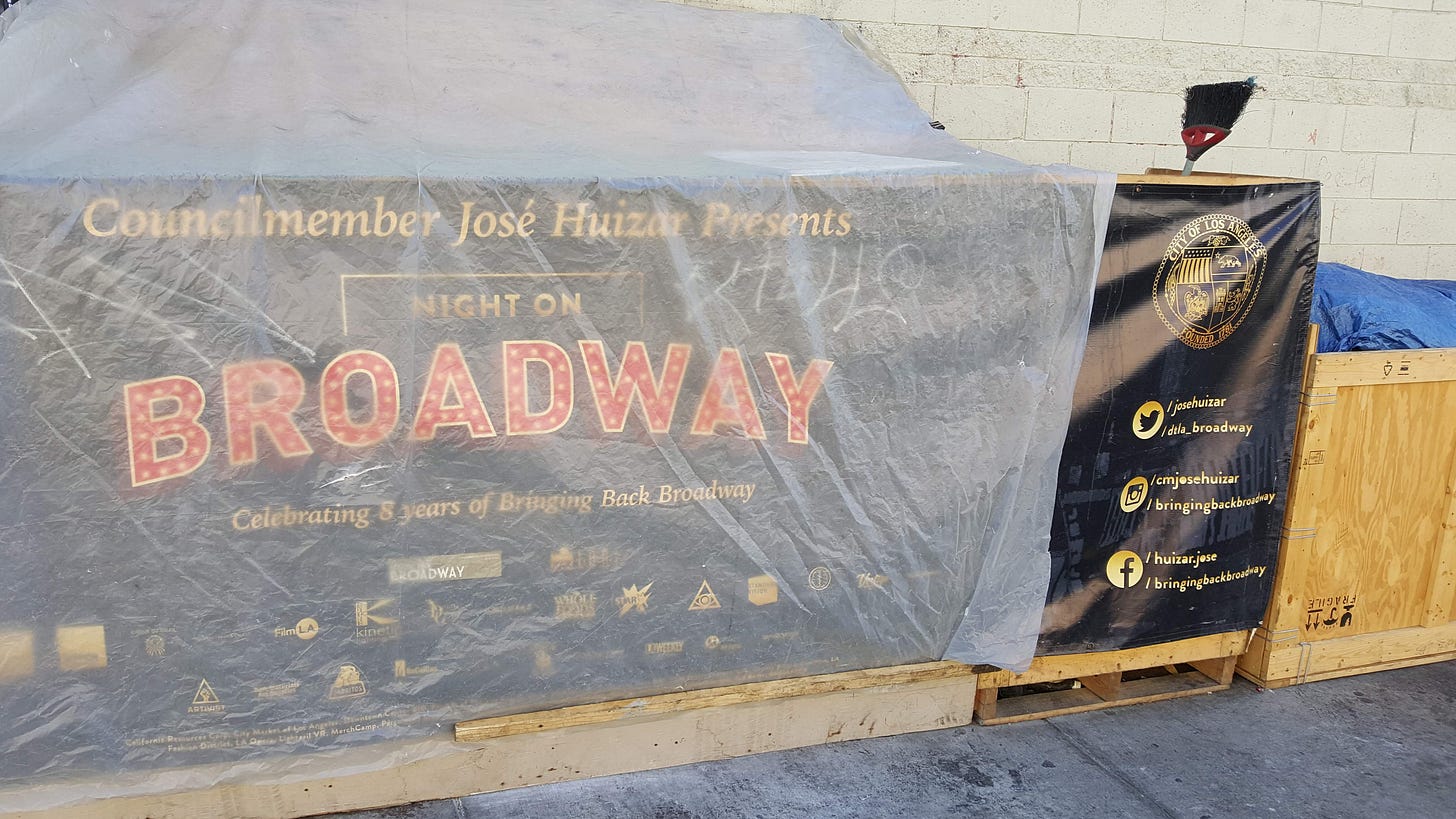

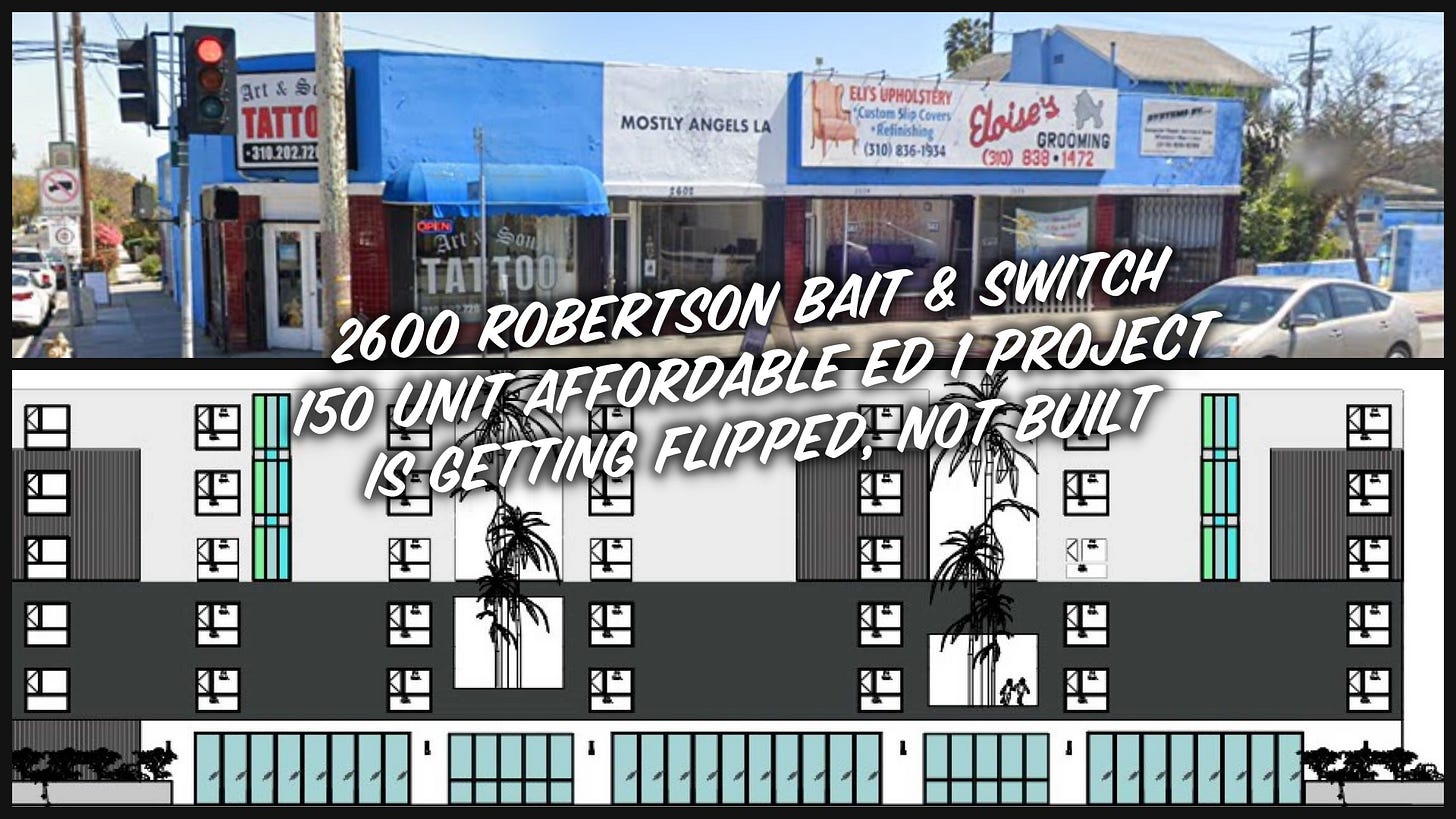










Share this post